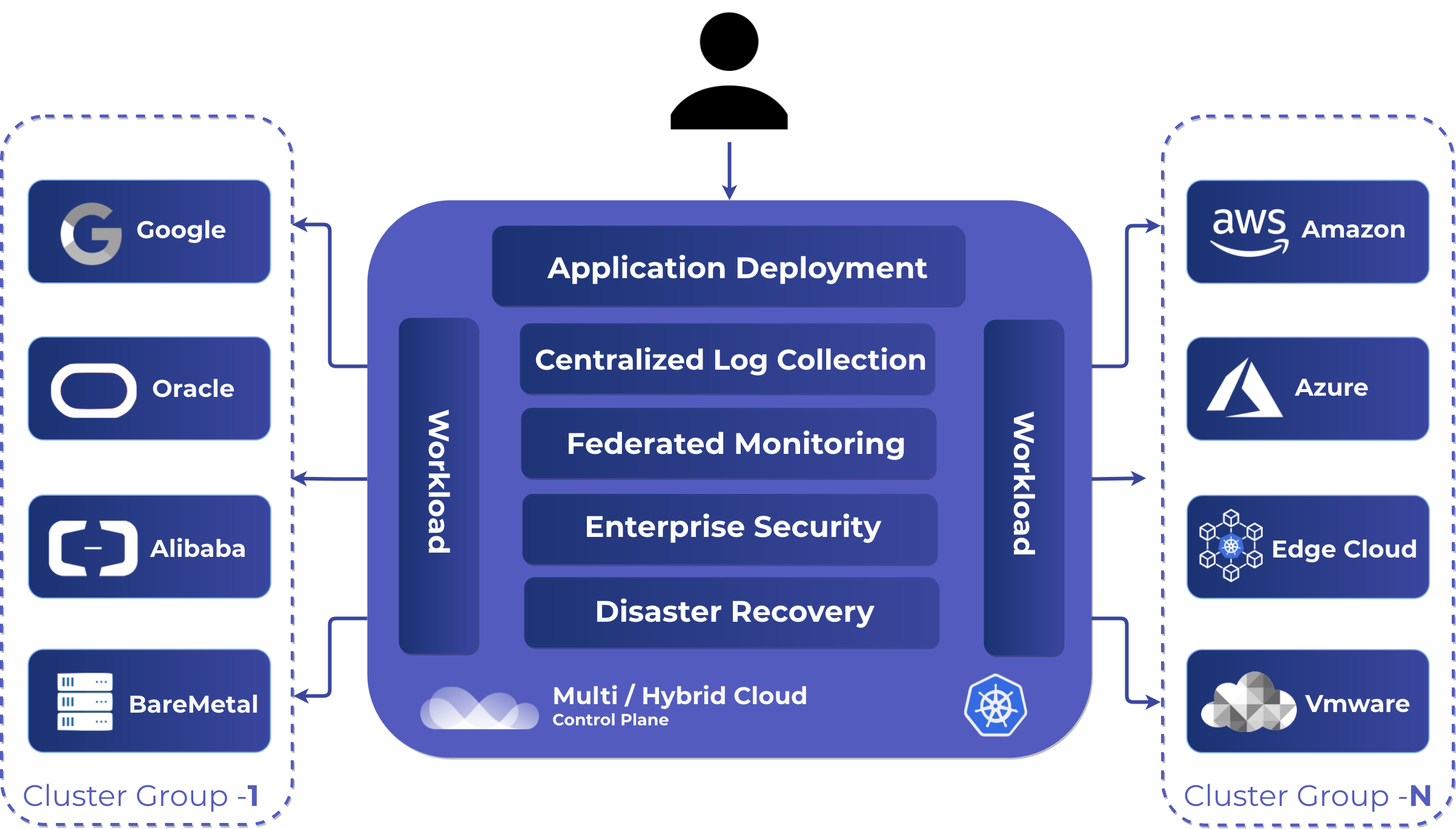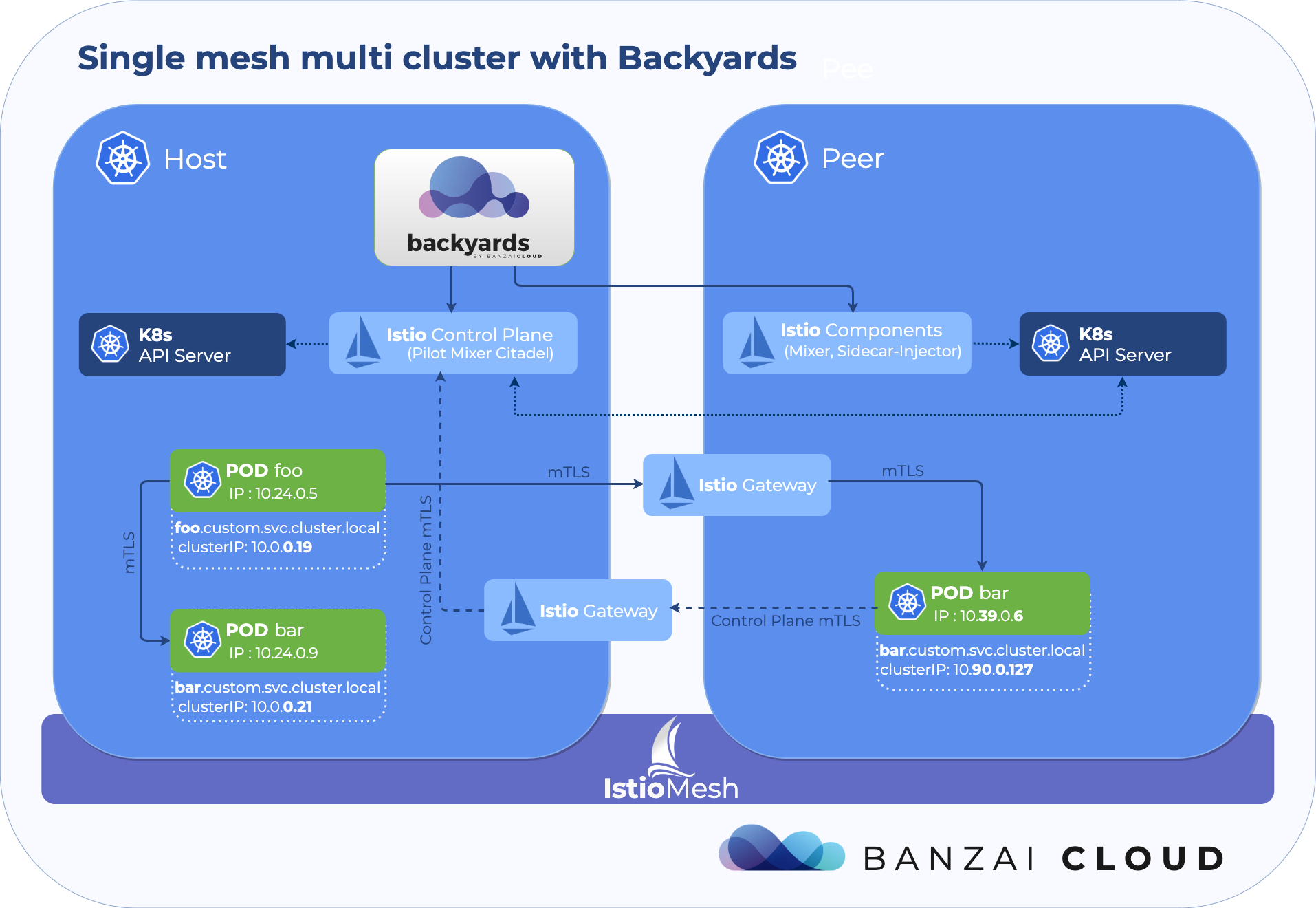There has been a lot of talk about multi- and hybrid-cloud deployments over the past years. Some cloud vendors see these trends as a threat, others look at them as an opportunity. We think that beneath the buzzwords lie some very important use-cases driven by the needs of enterprises and SaaS providers. However, delivering and operating multi- and hybrid-clouds had been too complex for most organizations so far.
The use-cases that we’ve seen at customers broadly relate to three main areas: flexibility, cost optimization, and compliance. Flexibility is important even when a customer deploys on a single cloud provider but wants to ensure that multi-cloud operation is an easy step away if and when needed. This can happen suddenly as a result of a customer request or due to geographic issues.
Banzai Cloud Pipeline has been a key enabler for a multi-cloud strategy providing both a unified cockpit for operations and workflow and workload portability for developers across major cloud providers including Amazon, Azure, and Google Cloud. As the platform evolved, the need for supporting more enterprise use-cases around hybrid clouds became clear. A hybrid cloud is a composition of two or more distinct cloud infrastructures (private, community, or public) that remain unique entities, but are bound together by technology that enables data and application portability (e.g., cloud bursting for load balancing between clouds).
Banzai Cloud Pipeline, the hybrid-cloud control plane 🔗︎
The Pipeline platform - an open-source and fully managed service - allows enterprises to run their workloads in single, multi-cloud or hybrid environments. Any application which can be deployed to Kubernetes is now able to run on these mixed environments, without modifications.
With Pipeline, enterprises have an automated and consistent way to control, discover, observe, scale and secure their services across clouds. Pipeline users can define traffic management rules, global security policies, canary deployments, resiliency configurations (e.g. circuit breaking) – and apply it uniformly to all applications using the Pipeline UI or CLI.

Multi-cloud deployments 🔗︎
For many organizations a multi-cloud strategy is a top-down decision, part of an enterprise’s long-term strategy driven by cost-, supply-chain management and several other factors. However, given a platform that can make cloud choice painless, development teams can decide which cloud is most optimal for a given workload. The Pipeline platform reduces operational fragmentation by offering a standardized way to package and deploy applications across different clouds (and data centers). Pipeline users can create Cluster Groups and treat deployments into these groups as if they deployed into a single Kubernetes cluster. Since Pipeline manages the infrastructure as well, standard and custom configurations can be managed on a cluster per cluster basis. Pipeline manages the entire lifecycle of applications deployed to cluster groups.
Hybrid cloud services 🔗︎
Cloud providers have been pursuing a strategy of “lift and shift” to migrate existing workloads to the cloud. While this may be ok for greenfield projects, the problem with this approach is that it assumes that there is only one place for a workload to run. Whereas, from an enterprise point-of-view, the point of the cloud is not to necessarily to replace data centers but to offer a flexible scale out option when needed.
Given the multi-cloud foundations of Pipeline, it needed only two key ingredients to be able to cater to enterprise hybrid-cloud use-cases:
- a Kubernetes distribution integrated with Pipeline, Banzai Cloud PKE, our own CNCF certified Kubernetes distribution to run on-premise and in the cloud
- and a service mesh to unify applications across distributed cluster topologies
The key enabler for the latter is Banzai Cloud’s Istio operator, which offers enterprises a uniform way to connect, secure, manage and monitor (micro)services across distributed clusters and clouds.
For some of the key multi- and hybrid-cloud open source building blocks used by Pipeline, take a look at the following components:
If you’d like to learn more about Banzai Cloud check out our other posts in the blog, the Pipeline, Hollowtrees and Bank-Vaults projects.















